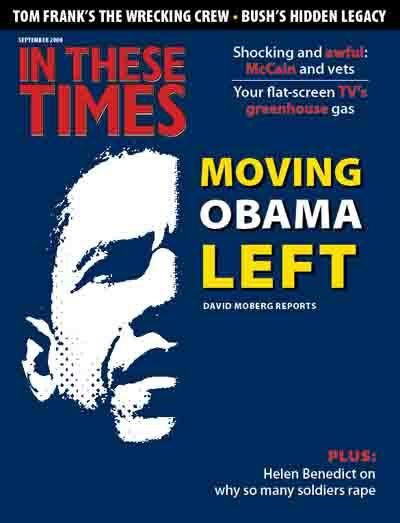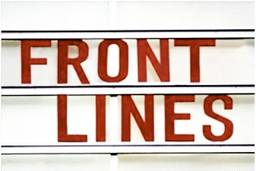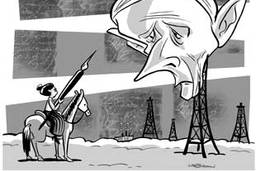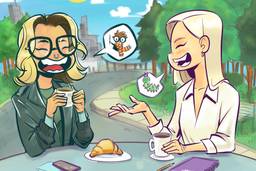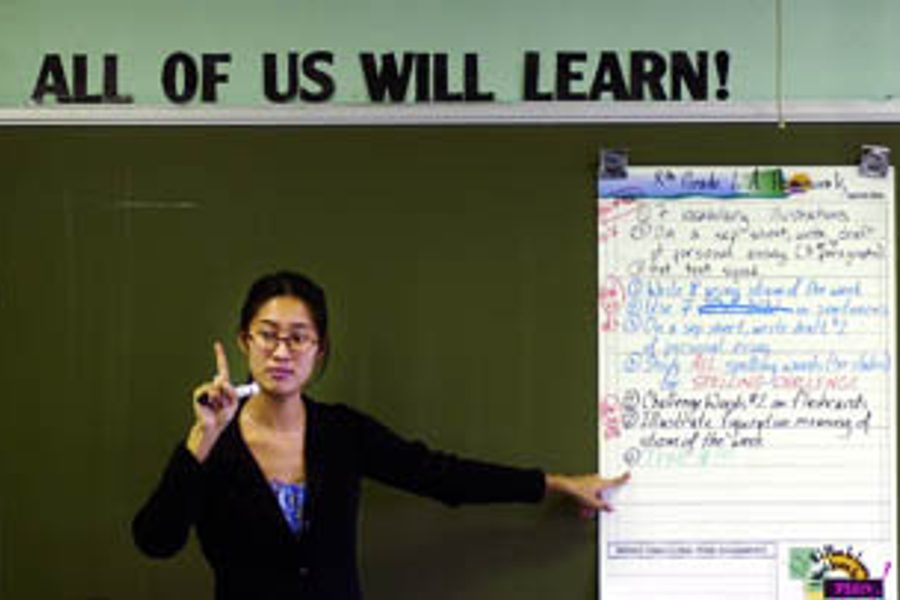
New York isn’t the only city that never sleeps. Across America, many educators spend restless nights wondering how to revive urban school systems. We meet some of them in City Kids, City Schools: More Reports from the Front Row (The New Press, August), the much-anticipated companion to City Kids, City Teachers (1996).
Central themes in the new book include the link between poverty and the achievement gap, and – unsurprisingly – teachers’ struggles against the Bush administration’s No Child Left Behind (NCLB). Readers will also learn some education theory, as well as useful information about employment disparities between people of color and whites, budget cuts, and other problems facing the U.S. education system – and what people are doing about them.
But City Kids, City Schools – edited by William Ayers, Gloria Ladson-Billings, Gregory Michie and Pedro A. Noguera – is not a dry academic text to be consulted by masters’ students trolling for a thesis topic. It’s peppier than that.
Contributors use a variety of genres – including poetry and fiction – to pull together a collection of inspiring tales.
One essay from renowned education reformer Jonathan Kozol examines espresso-sipping parents who doubt that increasing funding to failing schools solves anything, yet spend small fortunes to send their children to private schools like Exeter.
Chicago Public Schools (CPS) teacher Katie Hogan’s essay tells of her success as she, along with 11 other colleagues at Curie Metropolitan High School, refused to give students a confusing test that was the city’s variation of the NCLB-mandated state exam. Their stance compelled the CPS – a system controlled by the powerful Mayor Richard M. Daley – to jettison the test.
In another essay, Pauline Lipman, a University of Illinois at Chicago (UIC) professor, critiques vocational tracking and sounds the alarm on Daley’s vision for a global city, which includes education-to-career academies within CPS. Lipman writes that while technical training is not inherently restrictive and can sometimes lead to college, it often makes it more difficult for students to jump the track they’re placed on. She’s right to demand that CPS – and other school systems – rethink this structure.
William Ayers, a professor of education at UIC and a former member of the Weather Underground, introduces the “City Kids” section by humanizing the teenagers who too frequently get stereotyped as promiscuous, violent, lazy, drug dealers. The section includes Sampson Davis’ personal account of growing up poor in Newark, N.J. Here, Davis tells of a pact he made with two teenage friends to become doctors – a goal he reached under the direction of a martial arts teacher and a strict mother who demanded good grades.
Angela Valenzuela, an associate professor at the University of Texas-Austin, writes about meeting a young student in Houston named Nelda, whose working-class mother instilled in her a love of reading that led Nelda to ponder lands lost in the Mexican-American War. This, in turn, inspires within her a Chicana identity and ignites a passion for academic achievement.
We also enter classrooms, where we meet Linda Christensen, a student who changed the culture at her Portland high school classroom after the year began with fellow classmates mocking Asian accents, laughing when another student was beaten bloody, and bullying a “clumsy” classmate who had retinitis pigmentosa, a degenerative eye disease.
City Kids, City Schools is a hopeful book with sober-minded suggestions for reform. Still, the anthology frequently invokes racism and poverty as fatalistic forces, and the government as the lone savior. Such indictments suggest a fear that these problems will remain if they receive anything less than a blunt focus.
What’s missing from this argument, though, is the student’s role in his or her education. Too often, kids emerge from these pages as impossibly good. While this can be a relief from the usual stereotype of these teenagers as sociopathic, it’s a simplistic characterization. Focusing solely on the effort a child puts into school might invoke the conservative moralizing on personal responsibility, but there’s no denying that individual effort does correlate with academic success.
One route to success in city schools is a productive, sustained connection between the lower and middle classes. With rare exception, though, City Kids, City Schools is ambiguous on the desirability of moving into the middle class. Teacher Gregory Michie writes about a former student named Lourdes, whose parents saved money earned from restaurant jobs to move from a predominantly Mexican enclave in Chicago into a mostly white middle-class neighborhood. The move makes Lourdes unhappy. She writes that in her old neighborhood, “[Y]ou’re around Mexican people, you’re outside, there’s a lot of people out, there’s traffic, a lot of activity. I’m a people person. I like being around where there’s a lot of people.” Michie writes that, to Lourdes, her new community seems “sterile, bland and lifeless by comparison.”
While Lourdes’ culture shock is understandable, this perspective comes close to romanticizing the barrio, and fails to note how exposure to different social classes can be desirable.
It is through such contact that middle-class habits are made visible and accessible. This can propel city kids into the professional class by allowing them to adopt middle-class behaviors, and by giving them access to “the social networks and dominant cultural capital” that UIC’s Lipman identifies as one of many “hidden advantages of middle-class white students.”
But overall, City Kids, City Schools inspires readers to hit the books and the pavement in search of solutions.
Class is most definitely not dismissed.
